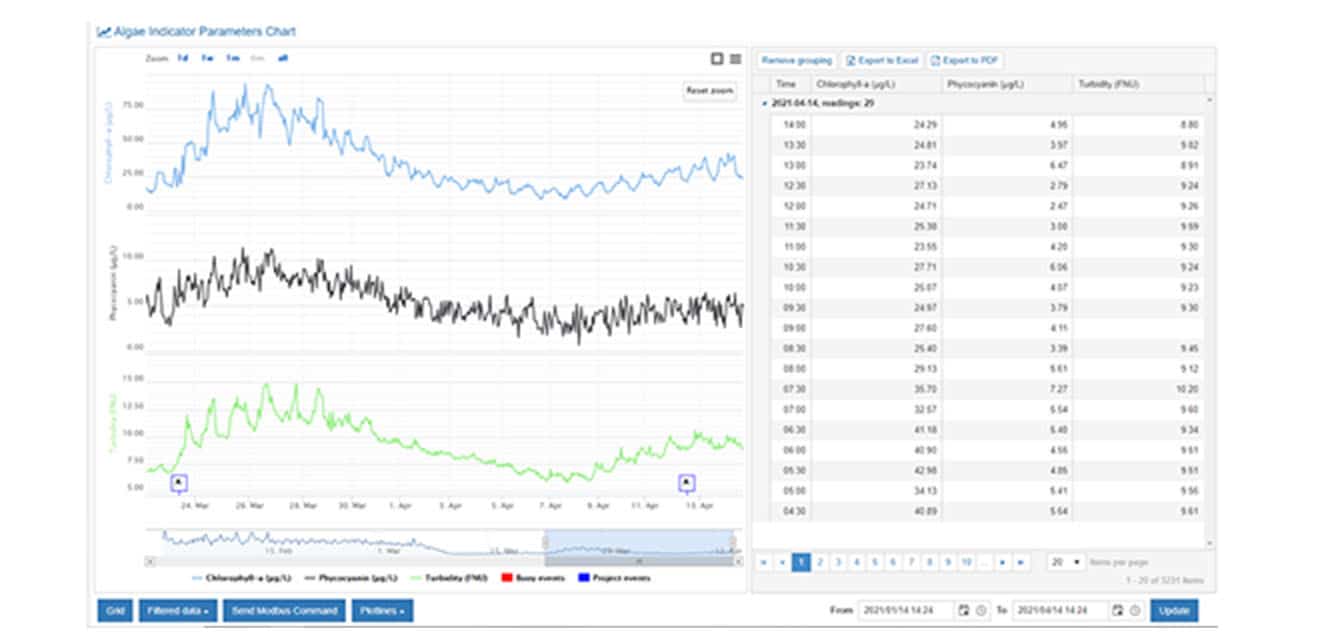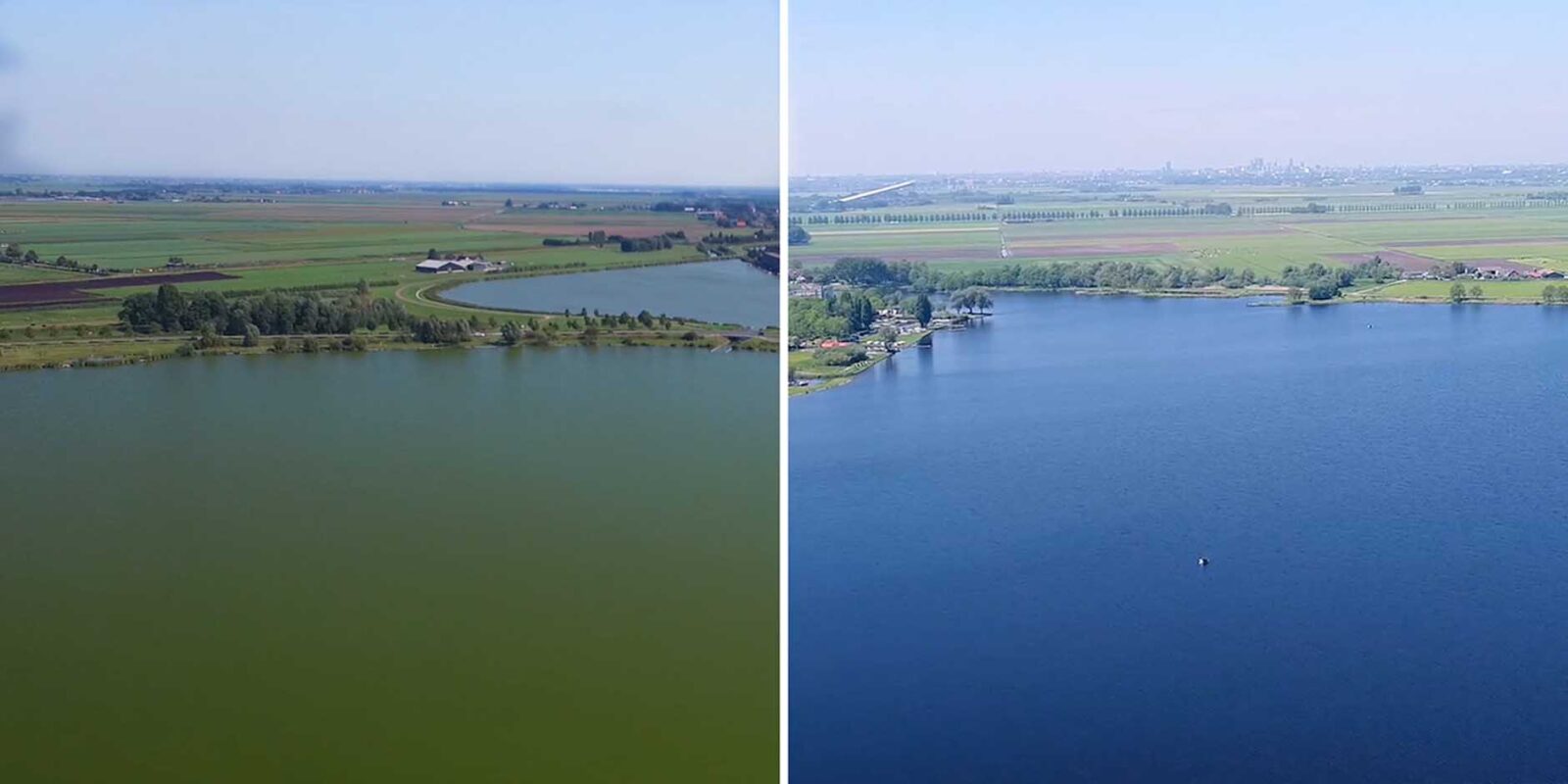In short
- Know the chemistry of your water body;
- Keep your aquatic ecosystem healthy;
- Monitor key water parameters in real-time.

It’s estimated that approximately 30 to 48 million Americans get their drinking water from lakes and reservoirs that could occasionally contain algal toxins.
Typically, treatment processes could remove these toxins. Still, not every treatment facility can eliminate all harmful compounds.
Water quality degrades, public health is threatened, and treatment plants may be disrupted or even shut down.
Just like in 2014, when nearly 500,000 people living in Toledo, Ohio, couldn’t drink, cook, or bathe for almost three days due to algal toxin contamination in Lake Erie.
As temperatures increase, so, too, do the occurrence and severity of these blooms.
#1: Get to know your lake
Lakes vary in depth, surface area, and they exist in different elevations. The chemistry of a lake is affected by biological, geological, and human processes.
Weather conditions also impact water characteristics. Light and wind, for example, influence the temperatures in a lake’s three main layers. These temperatures change according to the seasons.
Naturally, during summer, the top layer becomes the warmest. As seasons change, so do the nutrients in the water. During warmer months, warmer temperatures increase total phosphorus concentrations.
Phosphorus is an essential and natural element in water; it sustains the aquatic life. However, an excess in this nutrient creates eutrophic conditions, encouraging blue-green blooms to grow and spread.
Algae appear in many shapes, forms, and colors. Not all of them are harmful. The type that poses a threat is the blue-green algae (cyanobacteria).
Begin by measuring key water parameters to understand the status of your lake. Essential parameters include temperature, pH, and dissolved oxygen (DO).
#2: Keep your lake healthy
A lake’s water quality strongly depends on the health of its aquatic life. Zooplankton, fish, plants, bacteria – they all absorb DO to live. A natural way to maintain a healthy lake ecosystem is by ensuring its aquatic life is prospering.
Keeping a close eye on the DO levels is needed. Aquatic creatures also feed on nitrogen and phosphorus – two of the most important nutrients found in a lake.
Other organisms then feed on these plants and algae, building a balanced aquatic ecosystem.
Regulate nutrient availability
Phosphorus can enter the water body in various ways. It is a common nutrient in agricultural fertilizers, manure, and organic wastes – elements that often find their way into water bodies, polluting them.
In other cases, the sediment releases phosphorus back into the water layers, degrading water quality and feeding eutrophication.
A method of controlling the phosphorus inflow is by growing plants around the lake. These plants should be native to the specific environment.
Think of ways to maintain optimum DO levels and limit excessive nutrient inflow naturally.
#3: Start collecting real-time data

You can’t manage your water reservoir if you don’t measure it. Routine sampling and analyses can be done with in-situ buoys, vertical profiling, and satellite images.
One shouldn’t solely rely on manual sampling, as it doesn’t always represent what’s happening in the whole water body. Water characteristics change from meter to meter, from day to day, throughout the seasons, and so on.
In contrast, real-time data offers an accurate image of what’s happening underwater, provided on the web at any moment.
There is value in being able to “take the pulse” of the lake at your convenience; it allows for better decision-making and enables preventative measures.
To sum up, any successful treatment starts with understanding the lake’s chemistry, unique characteristics, and needs. Keep dissolved oxygen levels balanced to allow aquatic life to prosper. Measure key water and algae parameters in real-time.
Ultimately, the most effective long-term strategy for mitigating algae-related risks is using data and information to forecast risks better.
